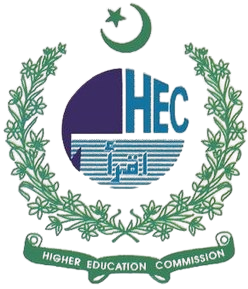ENHANCING SECOND LANGUAGE WRITING ASSESSMENT THROUGH NATURAL LANGUAGE PROCESSING: A CORPUS-BASED STUDY
DOI:
https://doi.org/10.63878/jalt1019Keywords:
Natural Language Processing (NLP), Second Language Writing, DECOR Framework, EFCAMDAT Corpus, Automated Writing Assessment.Abstract
This study investigates the role of Natural Language Processing (NLP) in enhancing second language (L2) writing assessment, with a specific focus on coherence and cohesion. Utilizing the DECOR (Detect, Explain, and Rewrite) framework, this research applies advanced NLP techniques to analyze and improve the logical flow of learner texts. A representative dataset is extracted from the EF-Cambridge Open Language Database (EFCAMDAT), which contains over one million texts written by English learners across CEFR levels. The corpus provides rich metadata and revision history, enabling a comprehensive analysis of L2 writing development. The study employs a hybrid methodology, combining automated coherence detection and rewriting using DECOR with corpus-based feature extraction and manual evaluation. Results are evaluated by comparing pre- and post-revision drafts, examining the effectiveness of NLP-generated feedback in improving coherence and lexical cohesion. This research not only highlights recurring coherence challenges faced by L2 learners but also demonstrates the pedagogical potential of integrating NLP tools into writing instruction. By aligning computational output with human assessment practices, the study offers insights into the evolving relationship between applied linguistics and artificial intelligence, advocating for data-driven, scalable, and learner-centered approaches to writing assessment in multilingual education contexts.
Downloads
Published
Issue
Section
License

This work is licensed under a Creative Commons Attribution-NonCommercial-NoDerivatives 4.0 International License.


